Read Our Blogs
Understanding Solar Power Components: Panels, Inverters, and Batteries
October 06, 2025
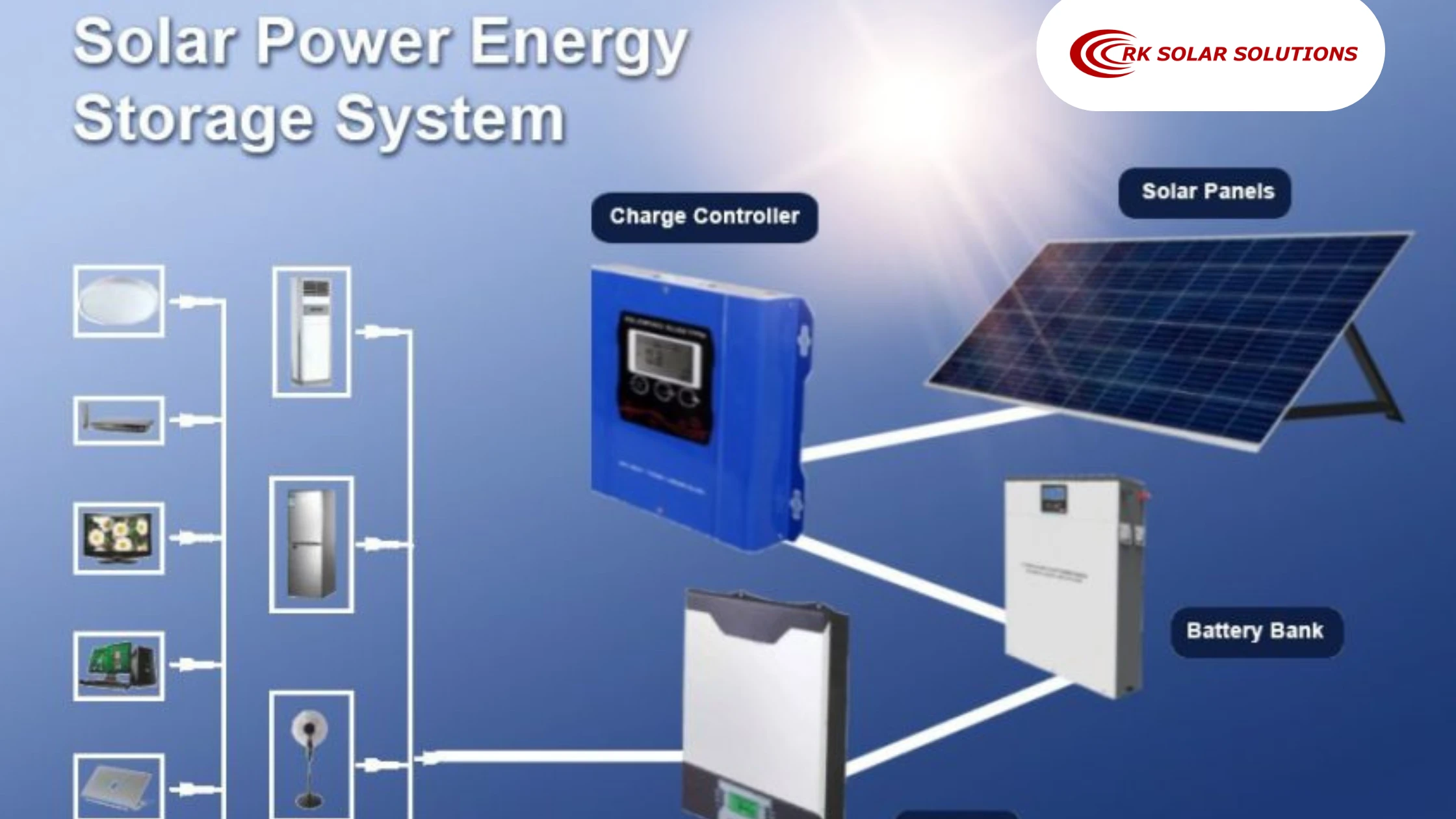
Solar power is a clean, renewable strength supply that converts daylight into power through the usage of sun panels. It is one of the most sustainable options to fossil fuels, reducing carbon emissions and helping within the combat against climate trade. Solar strength systems may be established on rooftops, open lands, or big sun farms, making them bendy and green. They offer lengthy-term monetary financial savings on electricity bills and can even supply electricity in faraway areas where grid power is not continually to be had. With enhancements within the era, solar electricity is turning into an increasing number of low-fee and green, making it a key answer for sustainable strength in the destiny.
Solar Panels and Features
Solar panels, additionally called photovoltaic (PV) panels, are the most important additives of a solar strength machine. They seize daytime and convert it into energy via photovoltaic cells made from semiconductor materials like silicon. When daylight moves the floor of these cells, electrons are set in motion, developing an electric powered cutting-edge that can be used to electricity homes, organizations, and industries.
There are mainly three kindsof solar panels available in recent times: monocrystalline, polycrystalline, and thin-film. Monocrystalline panels are particularly green and long-lasting but more steeply priced. Polycrystalline panels are less expensive and widely used, despite the fact that they are slightly less experienced. Thin-movie panels are lightweight, bendy, and suitable for large-scale installations, even though they usually have lower performance in contrast to crystalline panels.
One of the principal competencies of solar panels is their efficiency fee, which refers to how much sunlight can be converted into power. Modern panels can collect efficiency ranges starting from 15% to 22%. Another critical feature is durability. High-satisfactory sun panels are designed to face up to harsh weather conditions, including strong winds, heavy rains, or maybe snow.
Solar panels additionally have a long lifespan, usually around 25–30 years, making them a reliable investment. They require minimal renovation, regular, simple occasional cleaning, and ordinary checks. Many come with warranties that assure performance over decades. Another key function is scalability—solar panels can be added in a couple of devices to grow the electricity era as consistent with personal desires.
In addition, the solar panels are green, generating no greenhouse gas emissions in some unspecified time in the future. With non-stop upgrades, panels have become greater green, reasonably-priced, and incorporated into constructing materials like solar roof tiles. Overall, sun panels are a dependable and sustainable electricity solution with long-term benefits for the environment and purchasers.
Inverters and Features
Inverters are an vital a part of any sun strength tool due to the fact that they convert the direct current-day (DC) generated via solar panels into alternating modern-day (AC), that is utilized by most family home equipment and the energy grid. Without inverters, the energy produced thru sun panels won't be usable in houses or industries.
There are unique styles of inverters, each with particular features. String inverters are the most common and value-effective, connecting a couple of solar panels in a series. However, if one panel underperforms because of coloration, it may lessen the performance of the whole string. Microinverters, on the other hand, are installed in my view on every solar panel, making sure that each panel operates at maximum efficiency, no matter shading or dirt.
They are barely more high-priced but provide better performance. Hybrid inverters combine solar electricity with battery storage, permitting house owners to use saved energy during midnight or energy outages.
One essential function of inverters is efficiency, usually starting from 95% to 99%. An exquisite inverter minimizes power loss at some point during the conversion technique. Another characteristic is tracking capability. Many modern inverters include smart monitoring structures that permit users to tune strength manufacturing and intake through cellular apps or online dashboards.
Inverters additionally offer safety capabilities, which include mechanically shutting down in case of grid failure or electric powered faults. They are designed with strong materials to address temperature fluctuations, voltage changes, and climate impacts. Noise diploma is some other component—maximum inverters carry out quietly, although a few larger models might also produce a moderate humming sound.
Durability and assurance also are important. A top inverter normally lasts 10–15 years and is derived with warranties starting from 5 to 12 years, with options for extension. With upgrades in generation, inverters have turn out to be smarter, greater compact, and more dependable, making them essential for maximizing sun device average performance.
Batteries Used in Solar Panels
Batteries are used in sun electricity structures to save the excess energy generated by solar panels in the course of the day, which may be used at night time or at some stage in cloudy durations. They make sure a nonstop strength deliver and make sun systems more dependable, especially in areas with frequent strength outages or restrained grid access.
There are several kinds of batteries generally applied in solar systems. Lead-acid batteries are the oldest and most low-cost opportunity; however, they require regular renovation and feature a shorter lifespan. Lithium-ion batteries are greater superior, offering better performance, longer lifespan, quicker charging, and lots much less preservation. They are lightweight and compact, making them a popular desire no matter their high fee. Flow batteries are a rising option, designed for large-scale applications with a long lifespan, even though they are presently pricey and less common.
Key abilities of solar batteries include capability, which measures how power loads may be saved, and intensity of discharge, which shows how masses of the battery’s capability can be used without harming its lifespan. Lithium-ion batteries, for instance, have a higher DoD than lead-acid batteries. Cycle life is an important characteristic, based on how many full-discharge cycles a battery can endure before dropping performance.
Conclusion
Modern solar batteries frequently consist of smart capabilities which include energy manipulate structures and mobile monitoring. With the ones, residence proprietors can music battery health, utilisation, and performance. Overall, solar batteries used in solar panels and inverters enhance independence from the grid, enhance strength and reliability, and maximise the advantages of solar power systems.
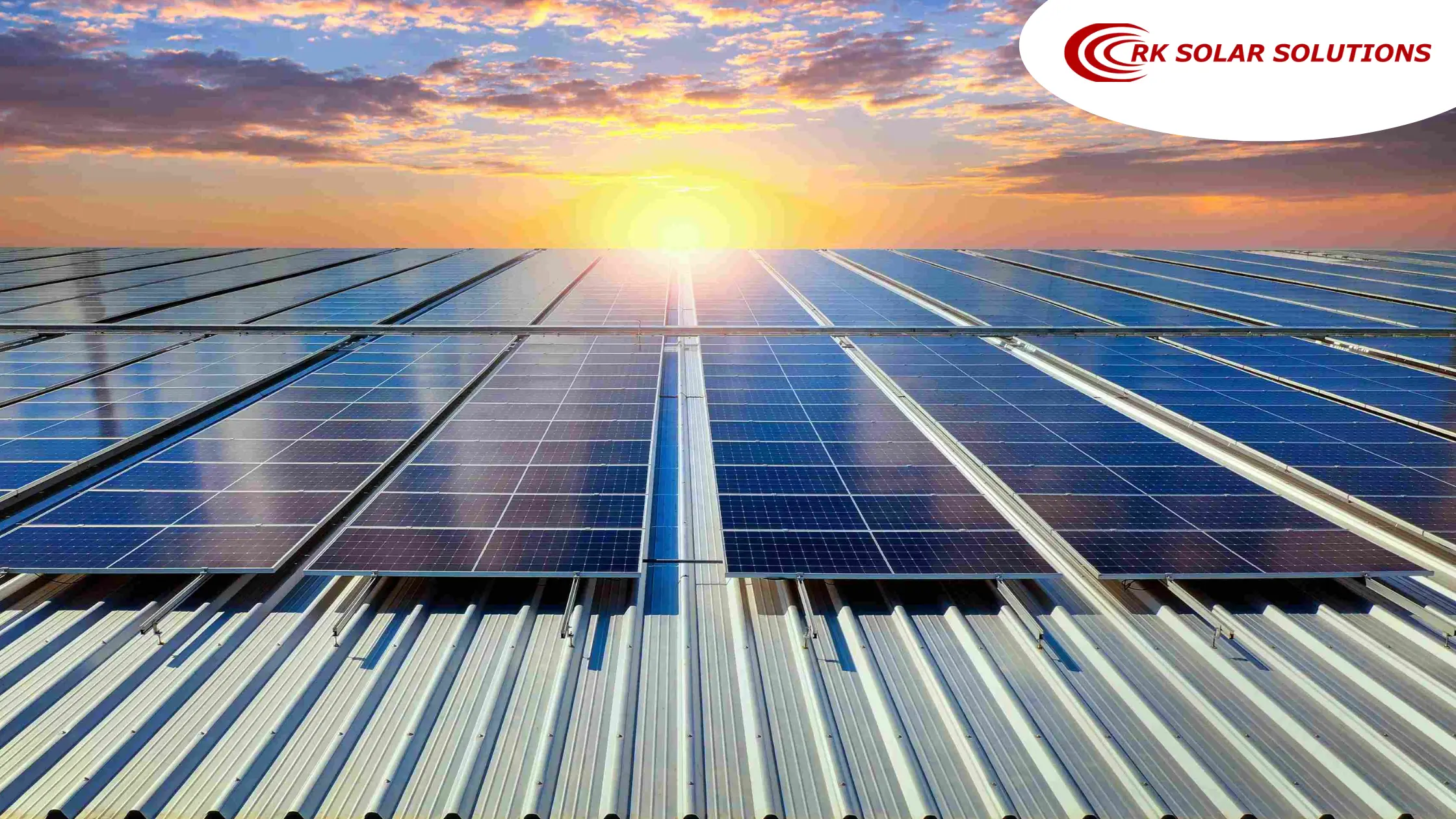
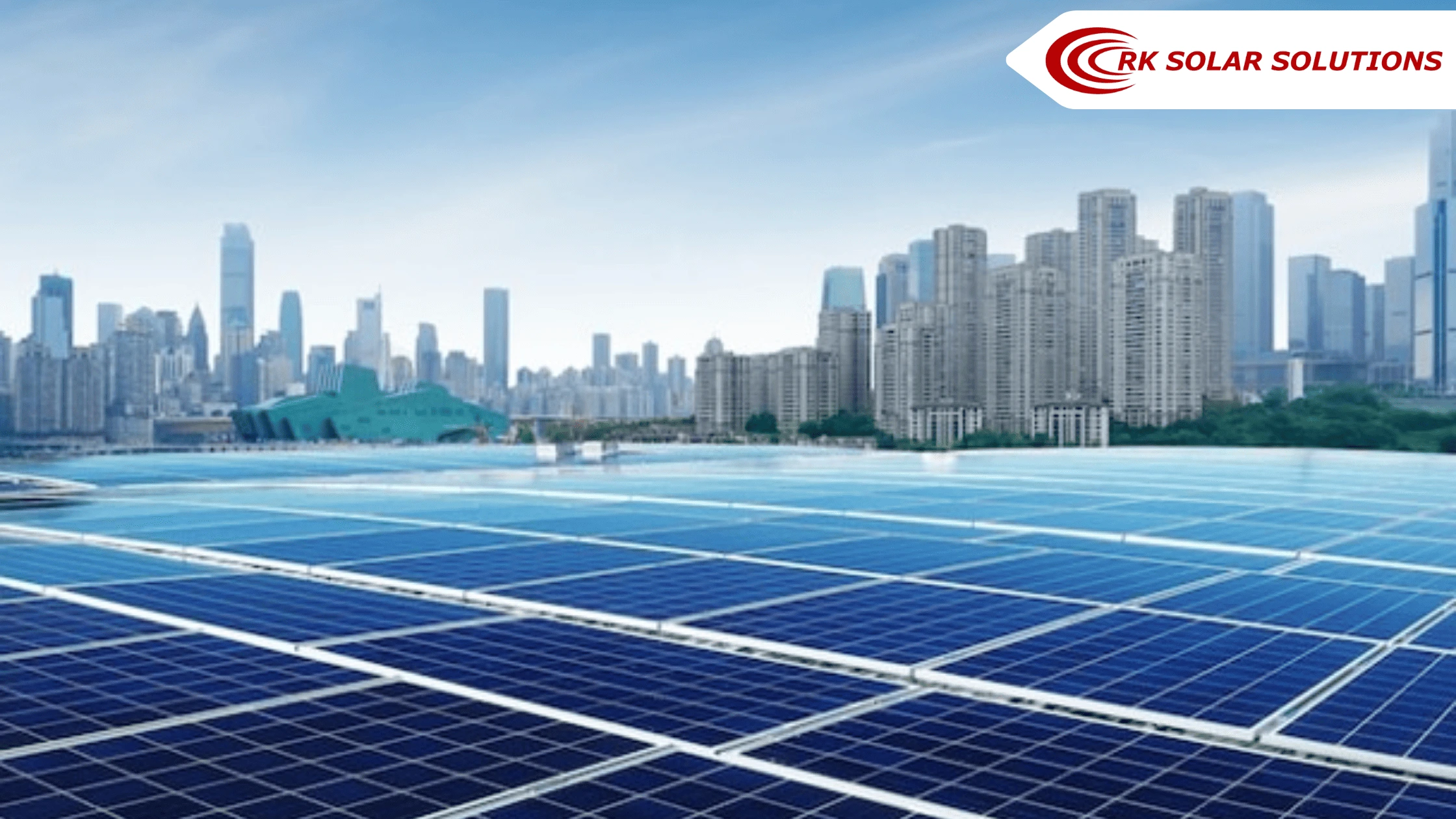
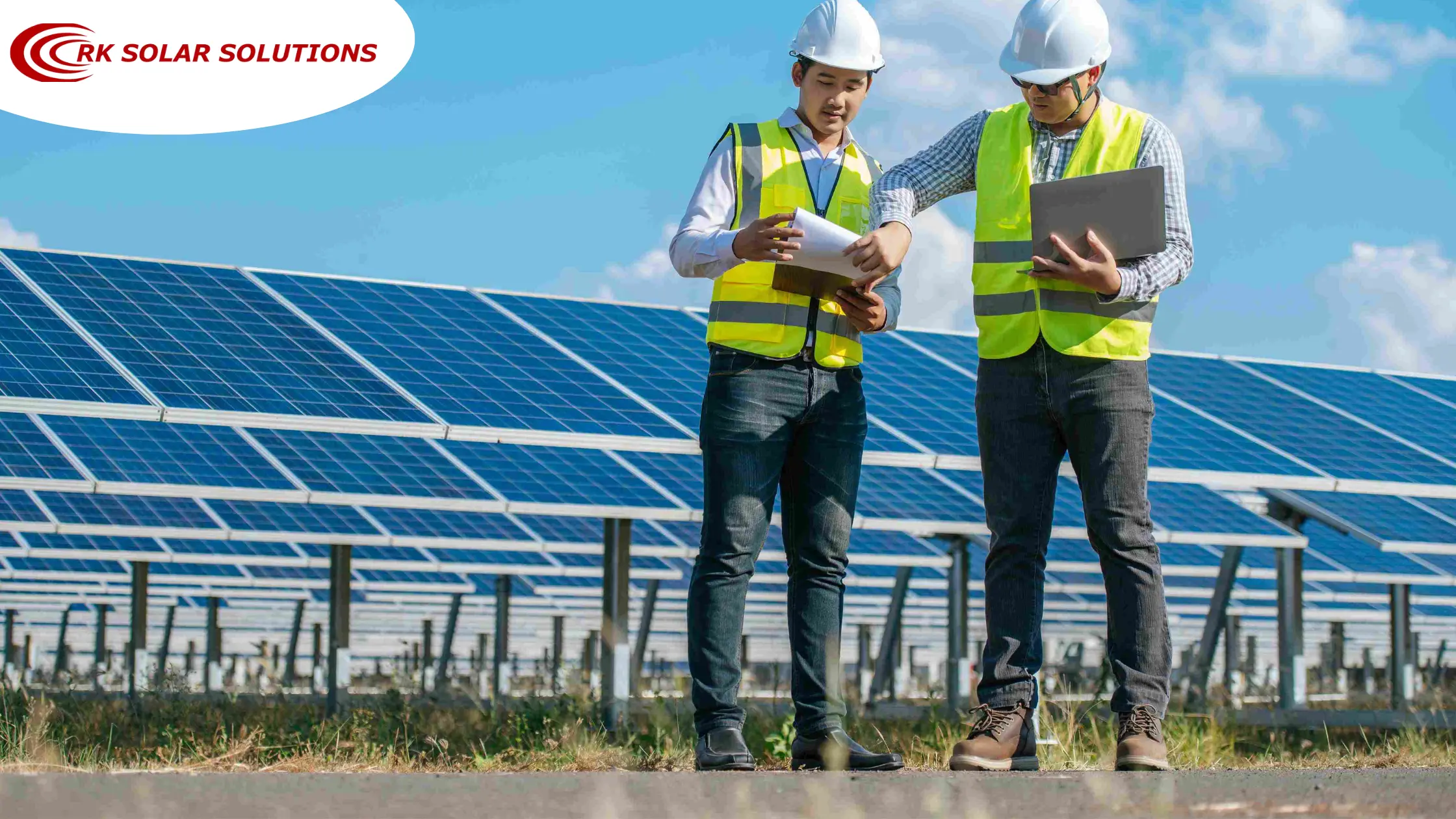
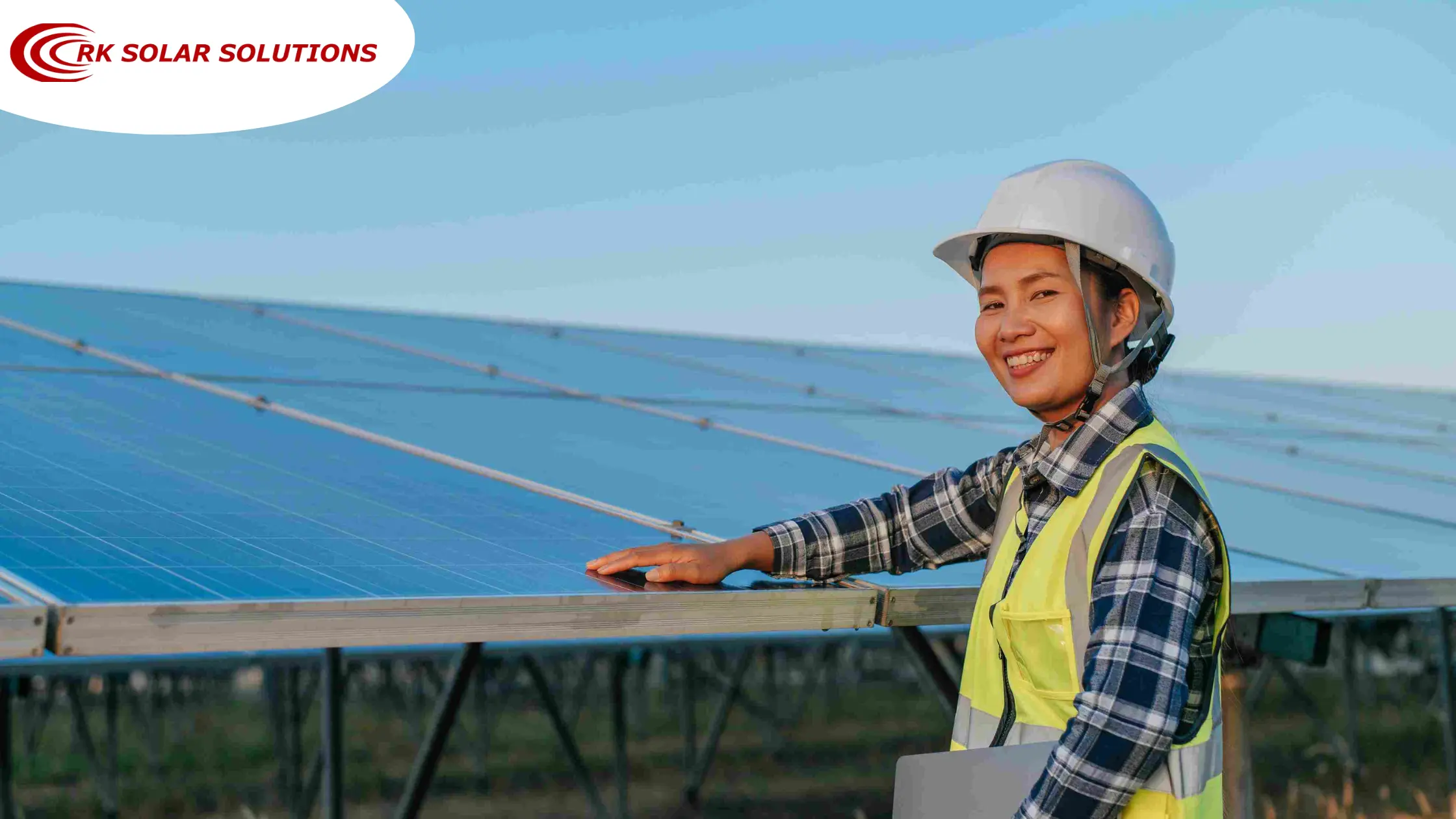
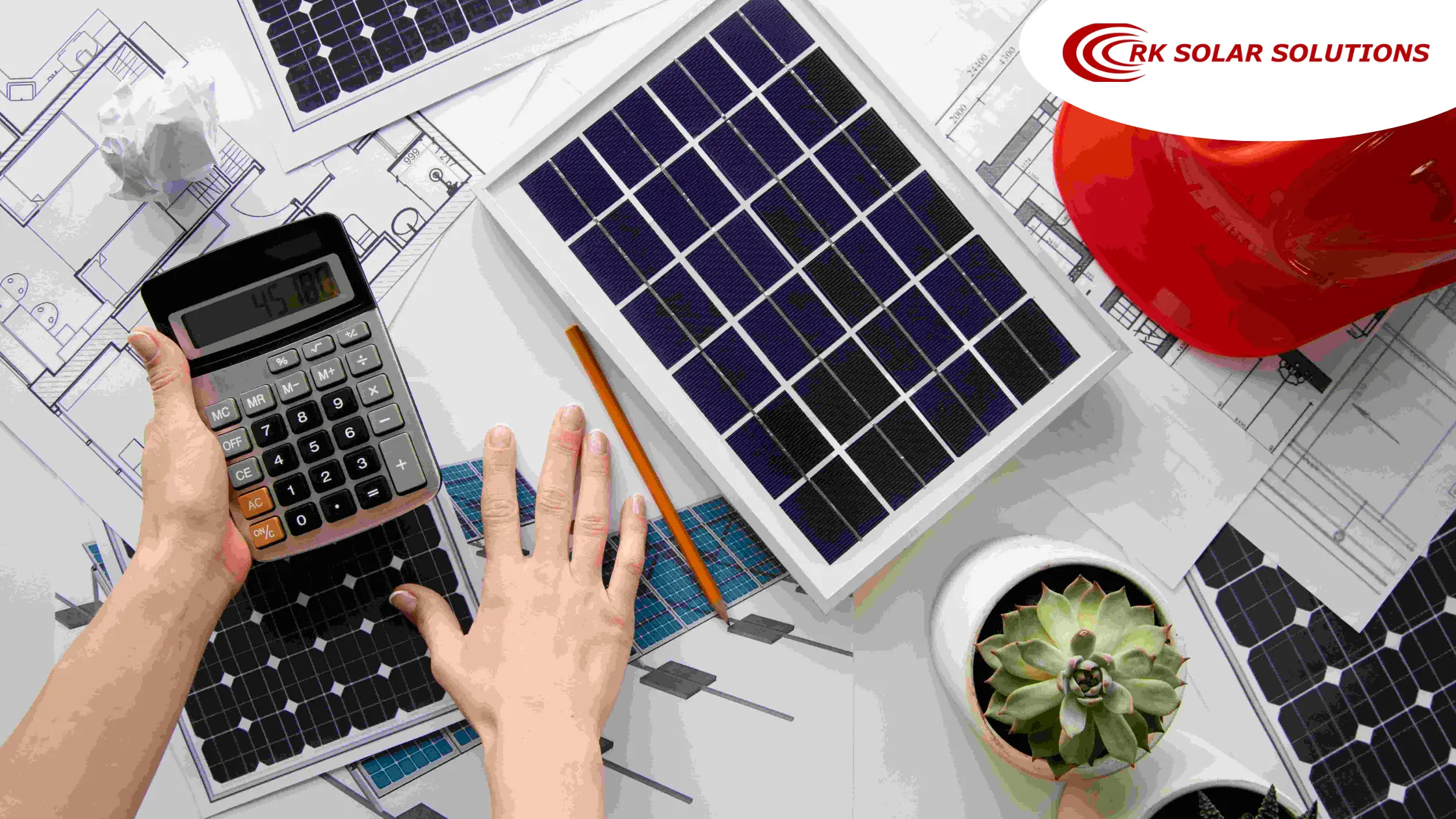
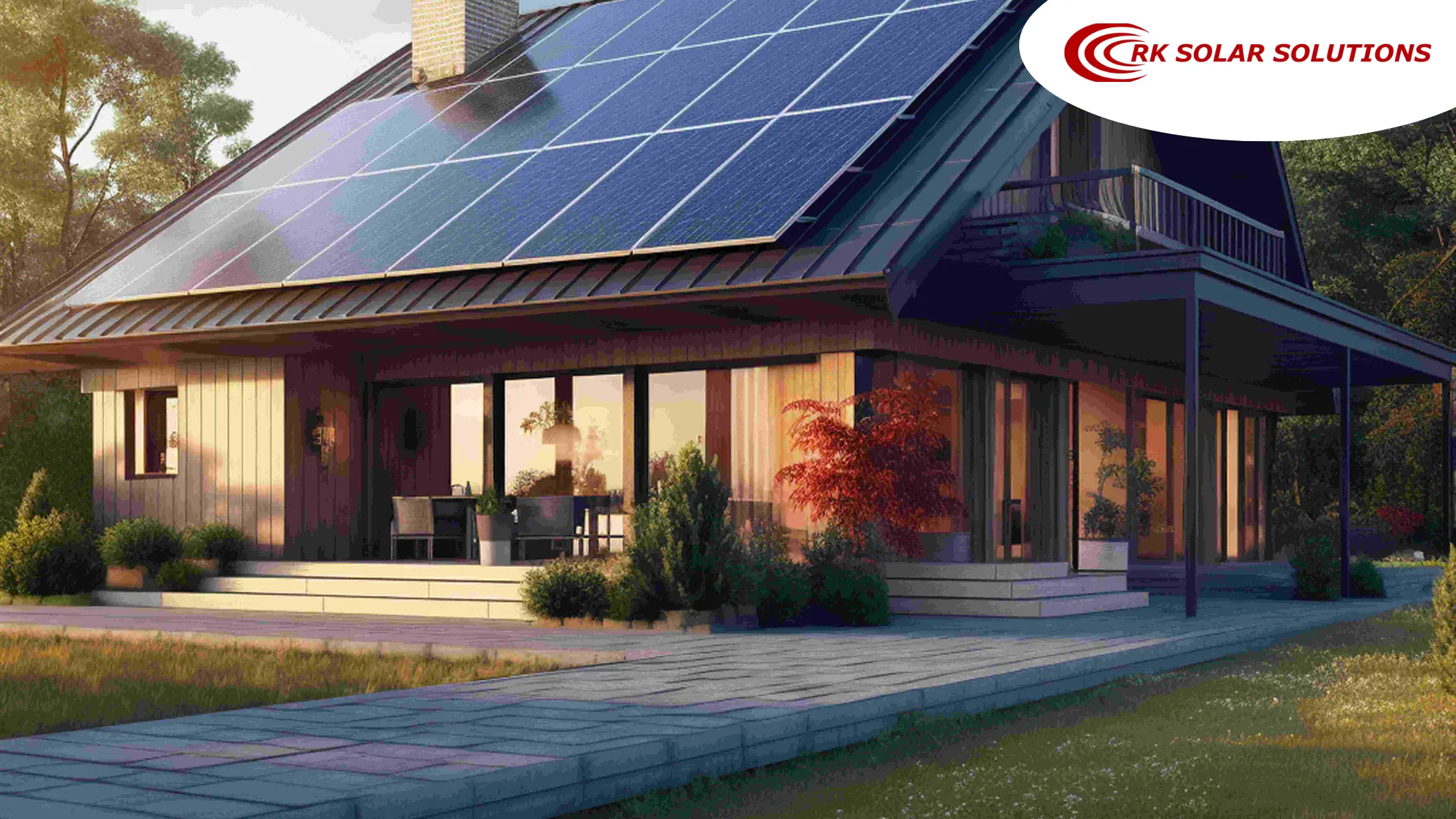
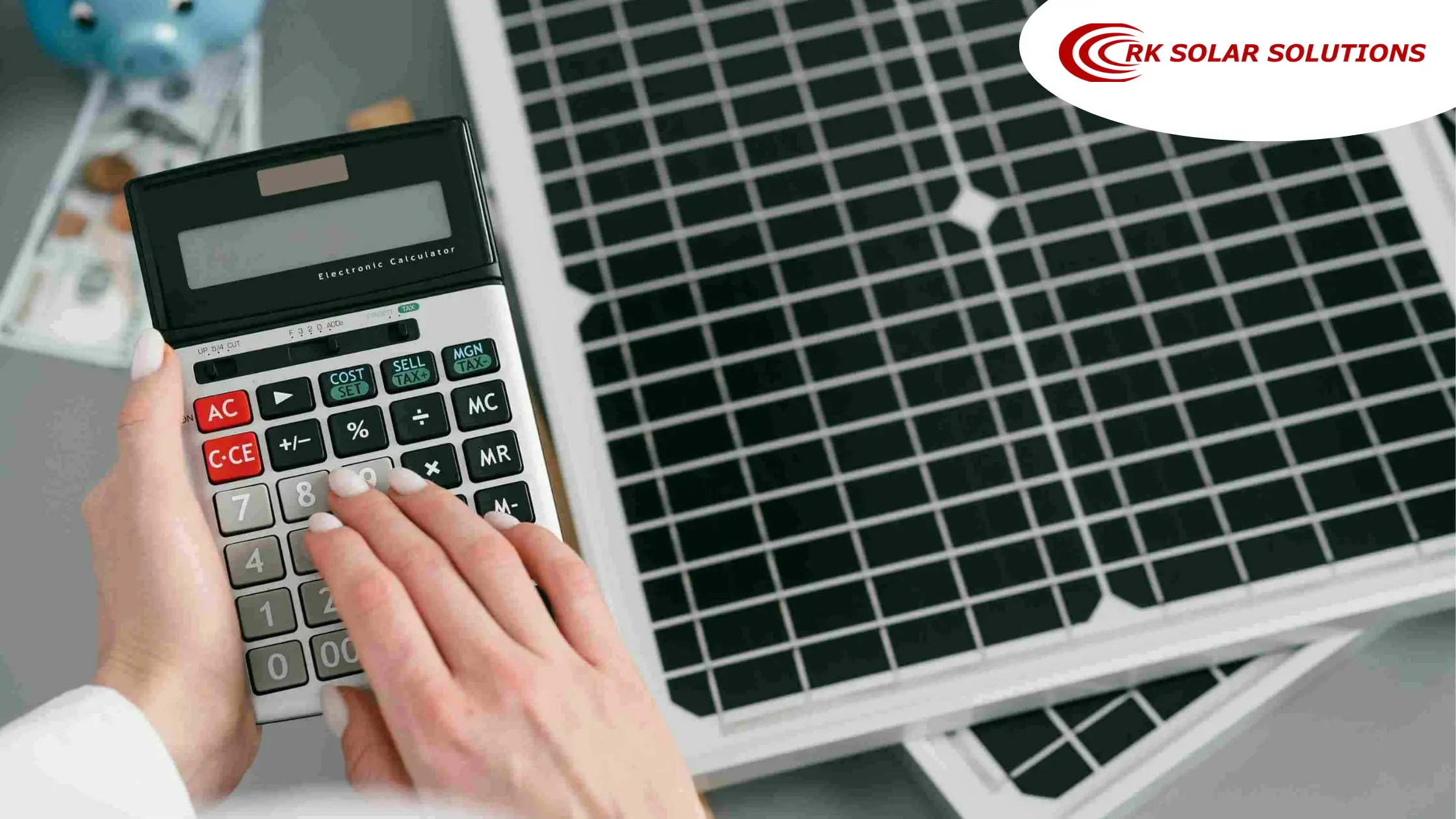
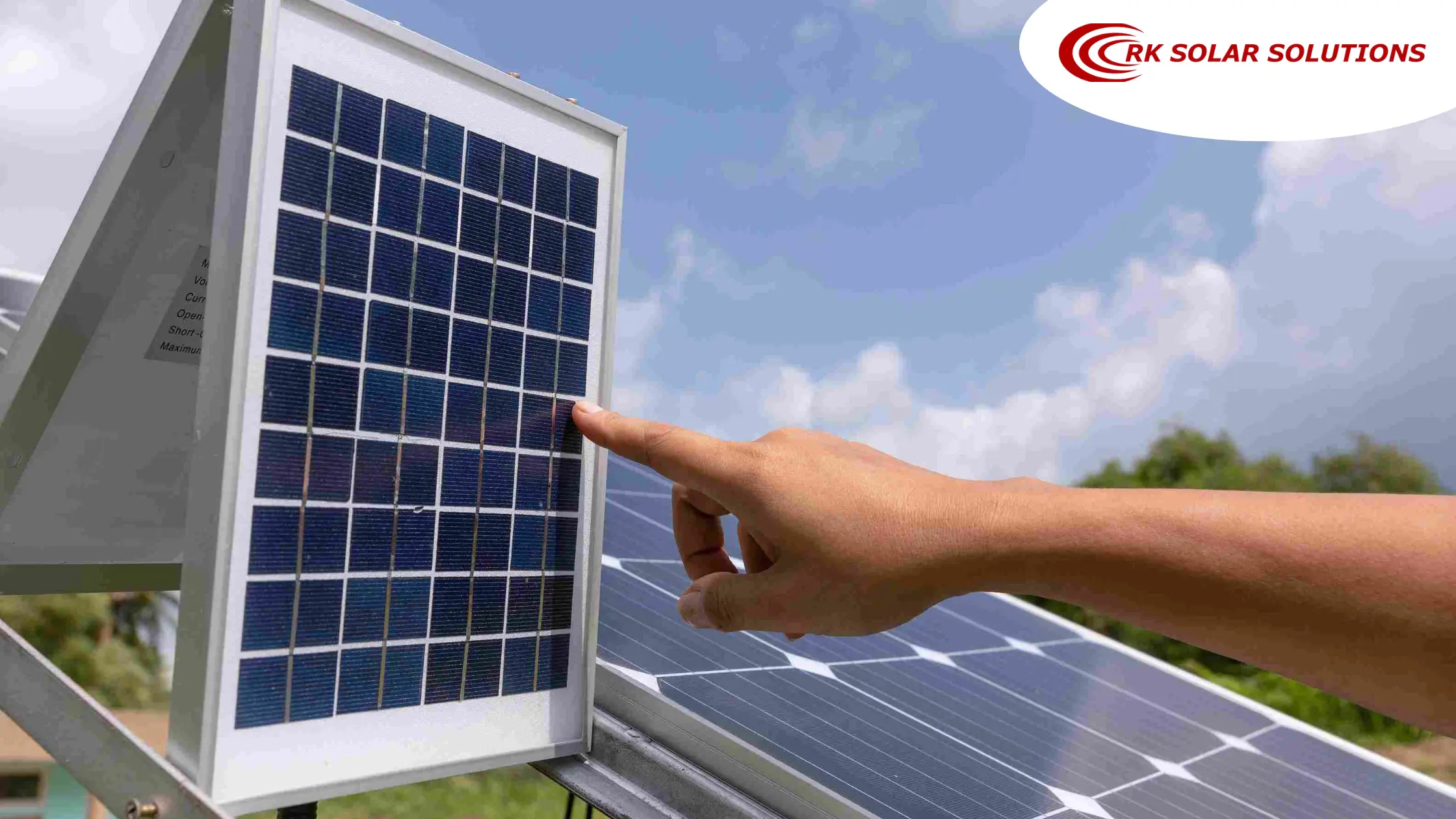
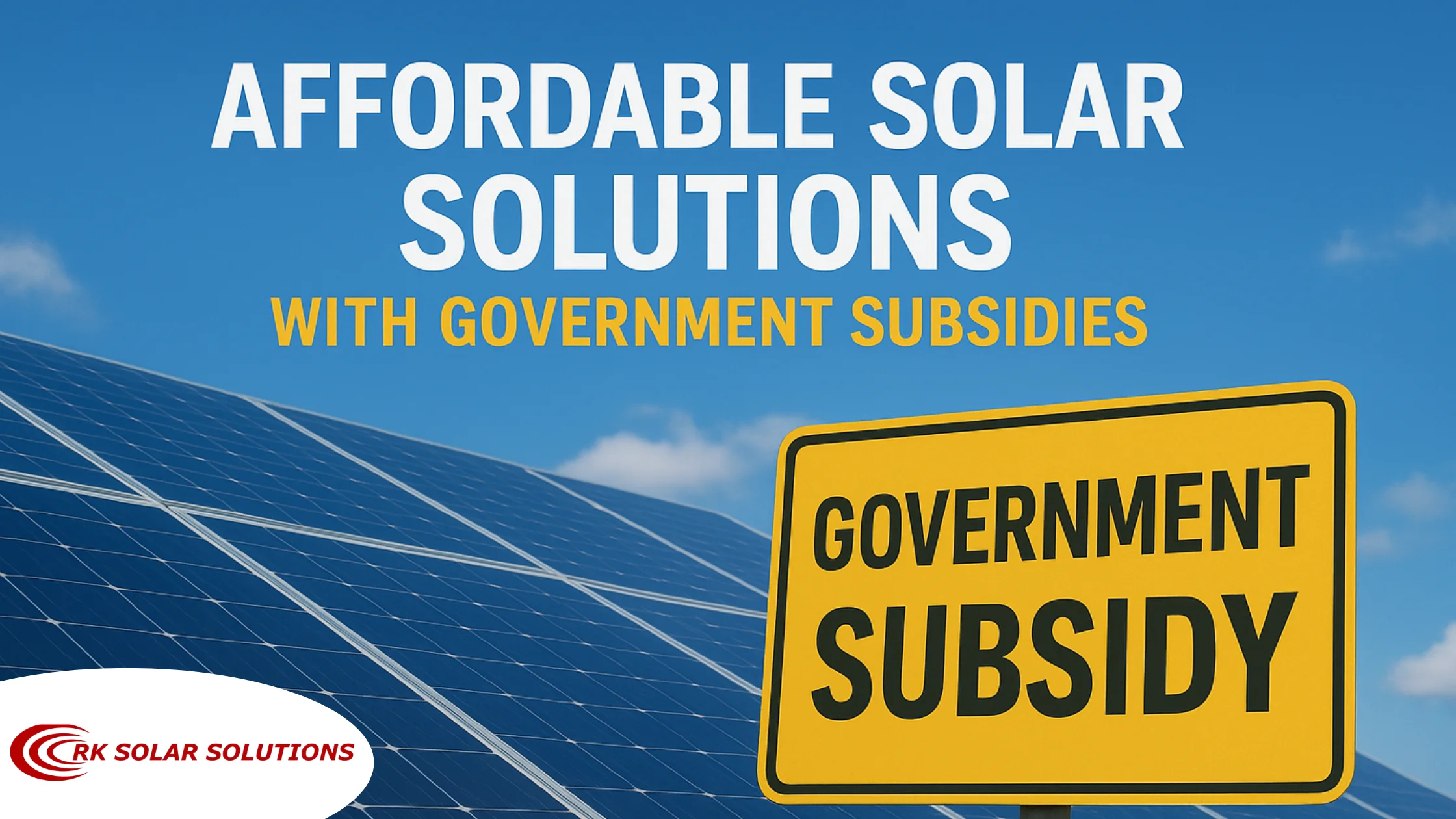
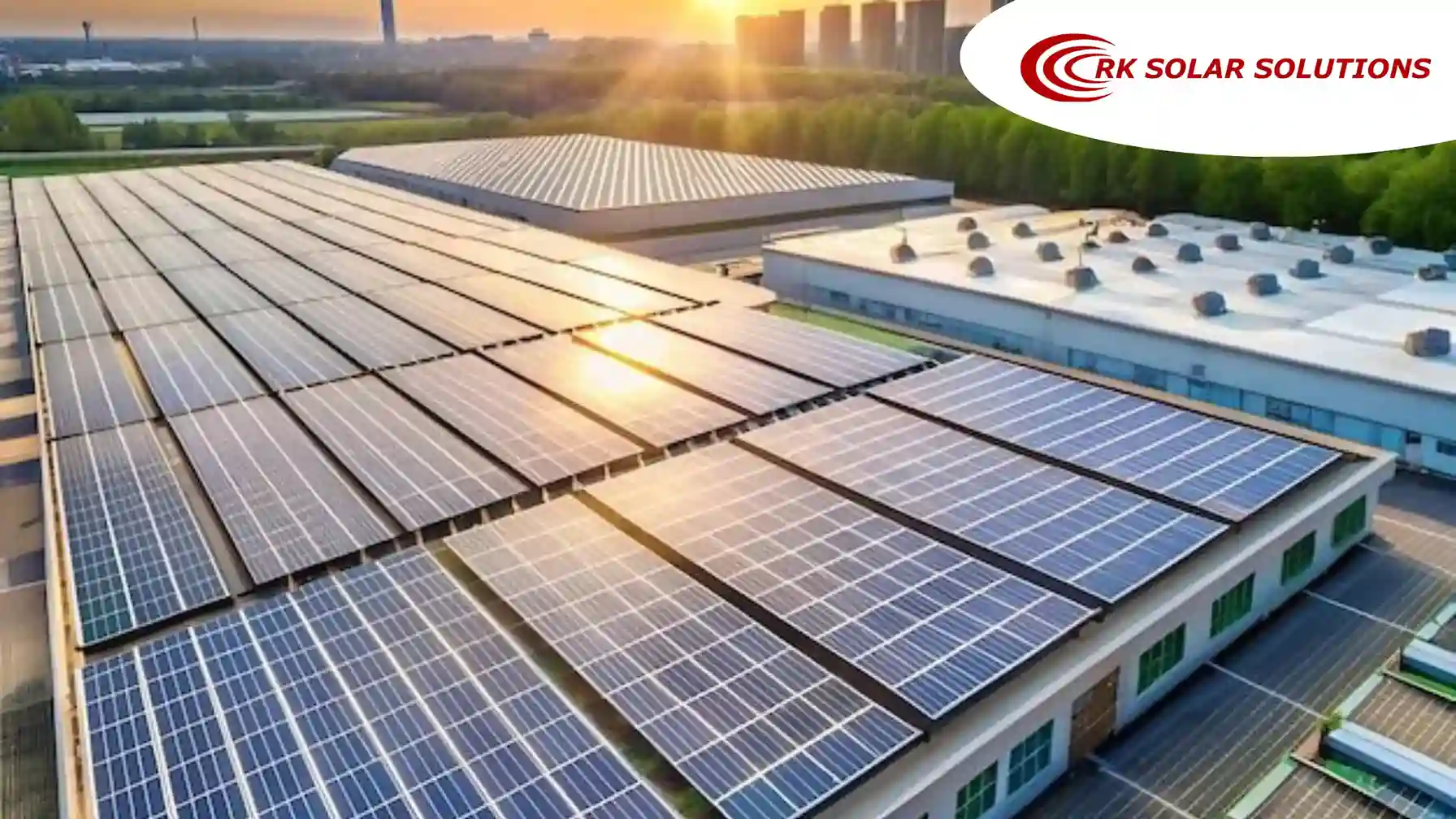
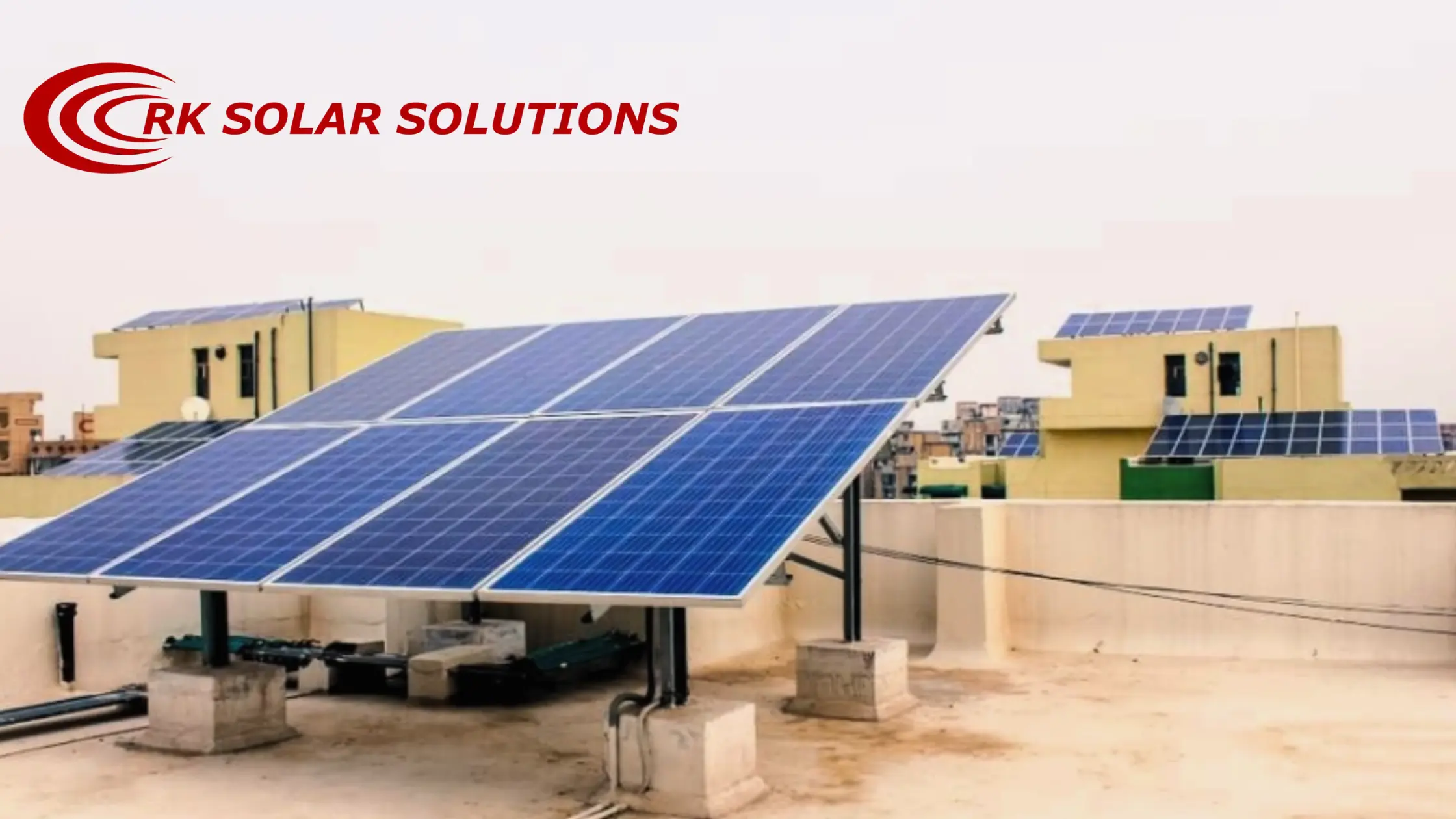
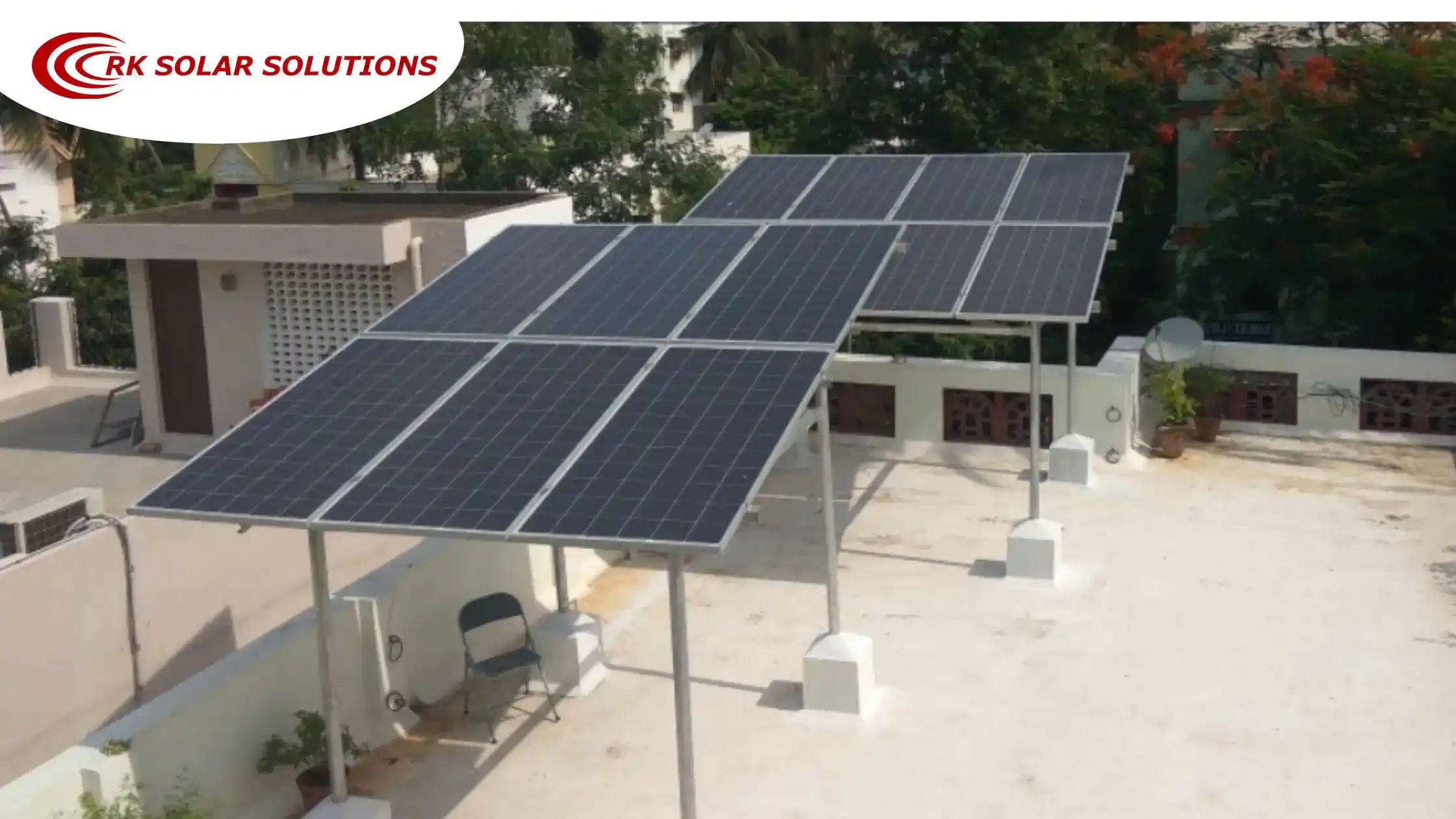
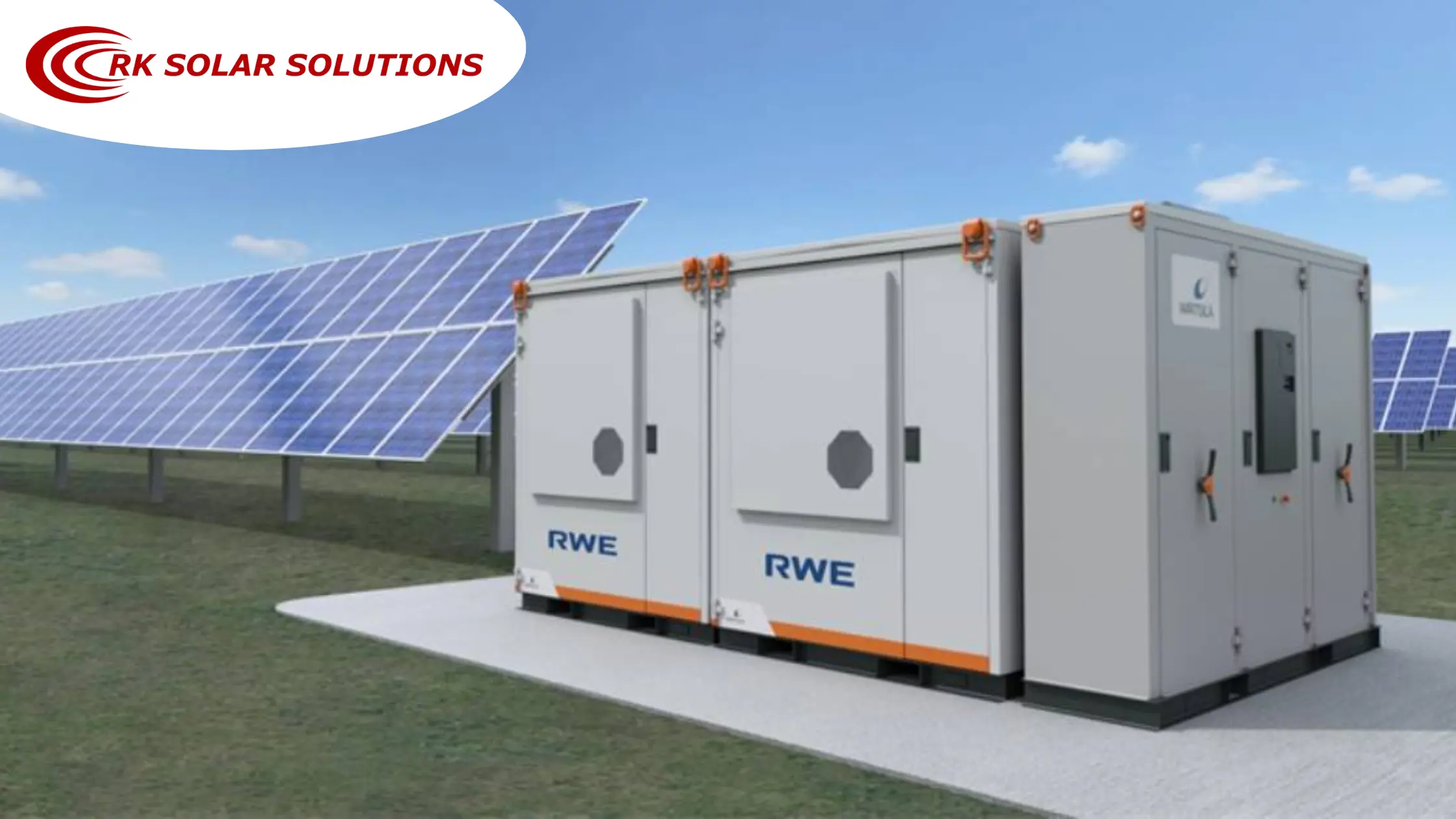
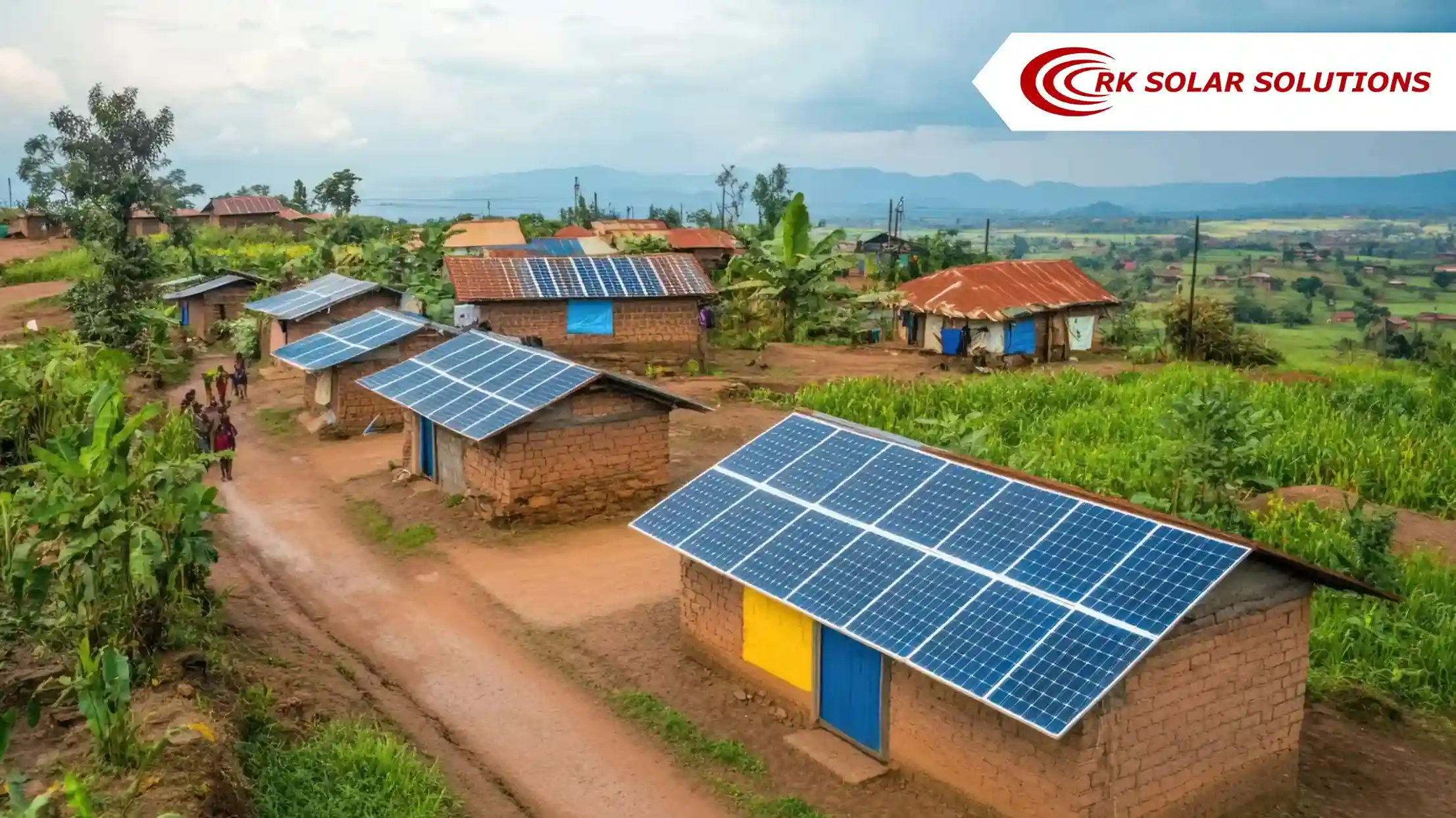
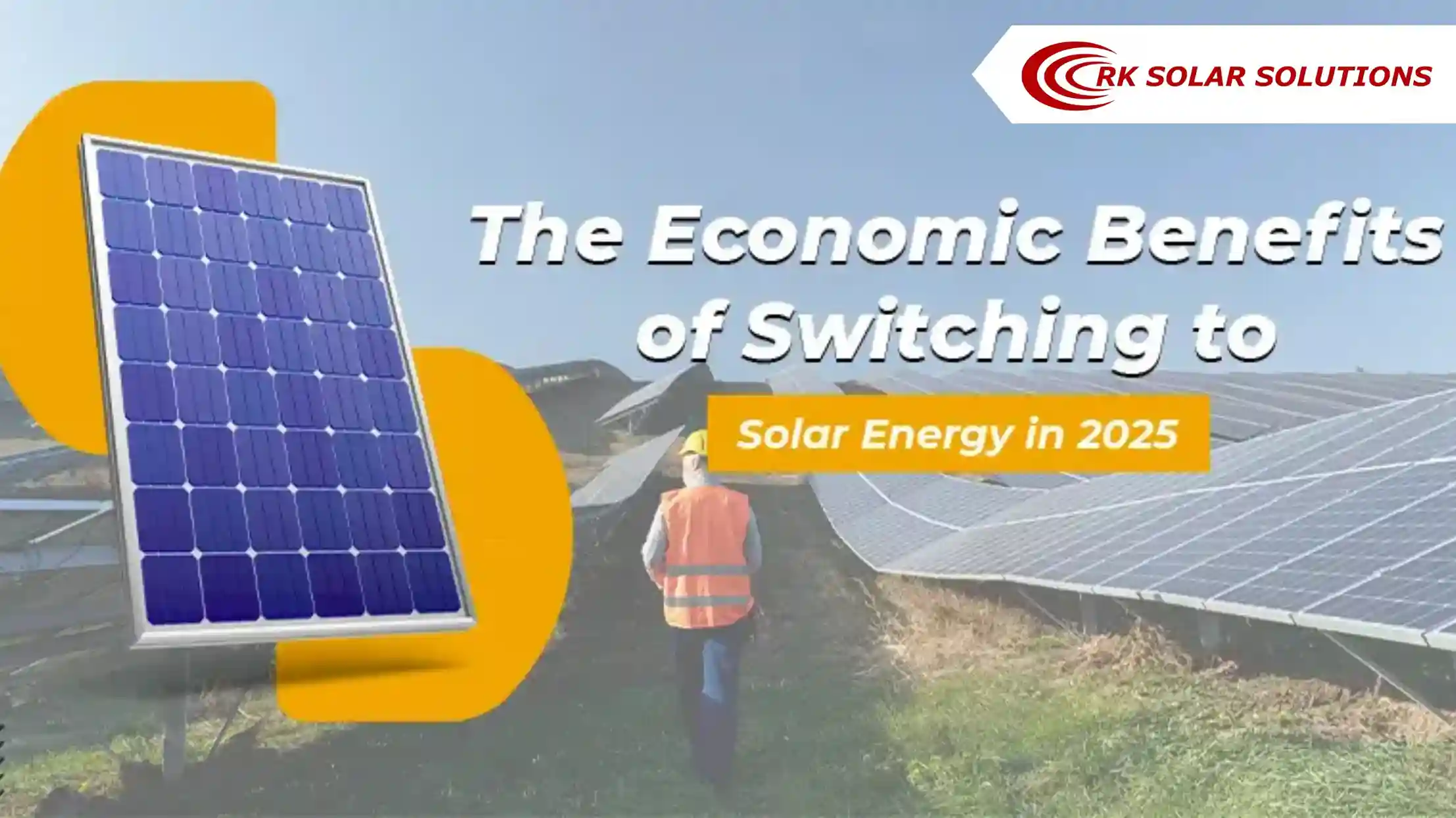
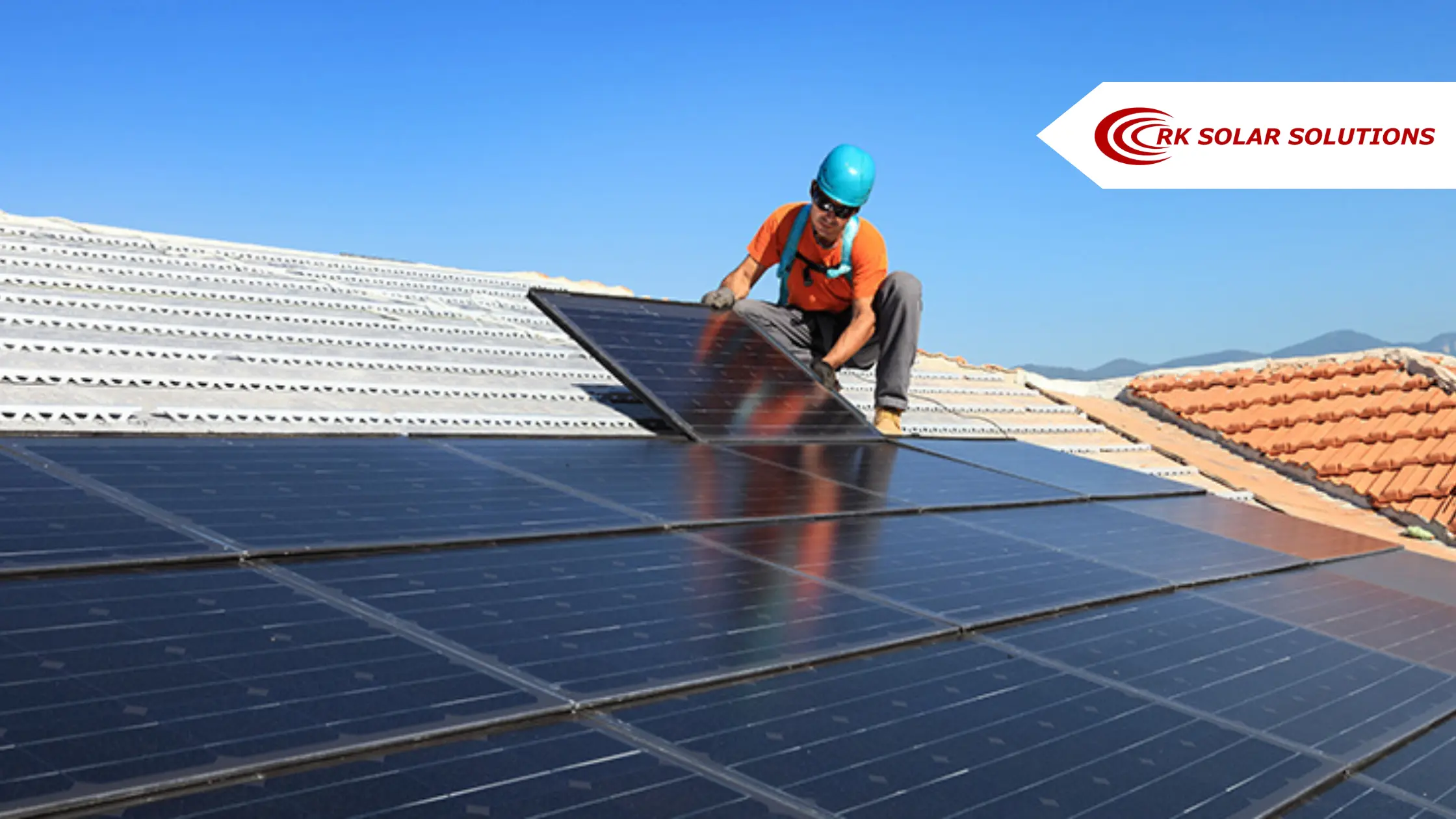
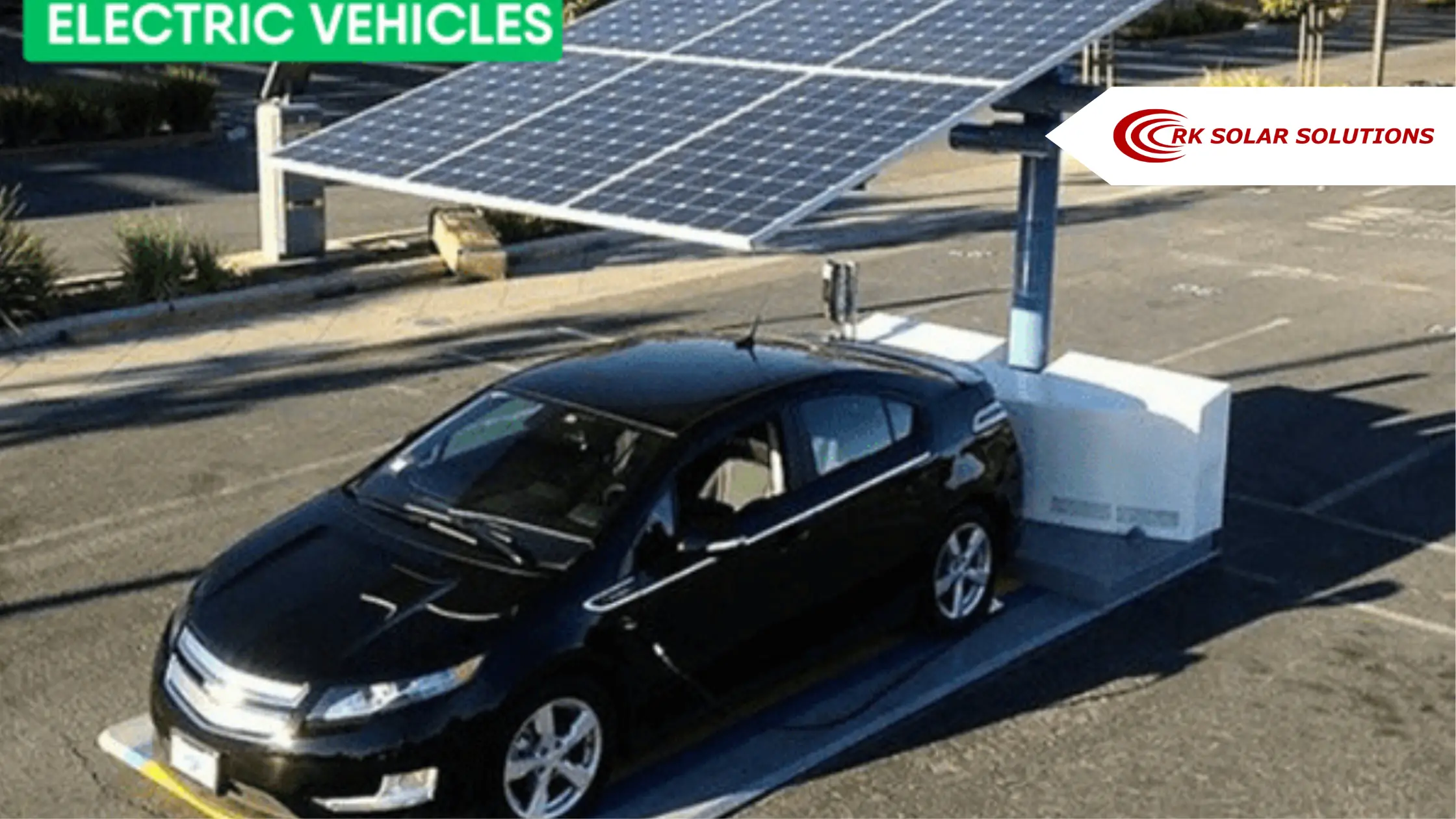
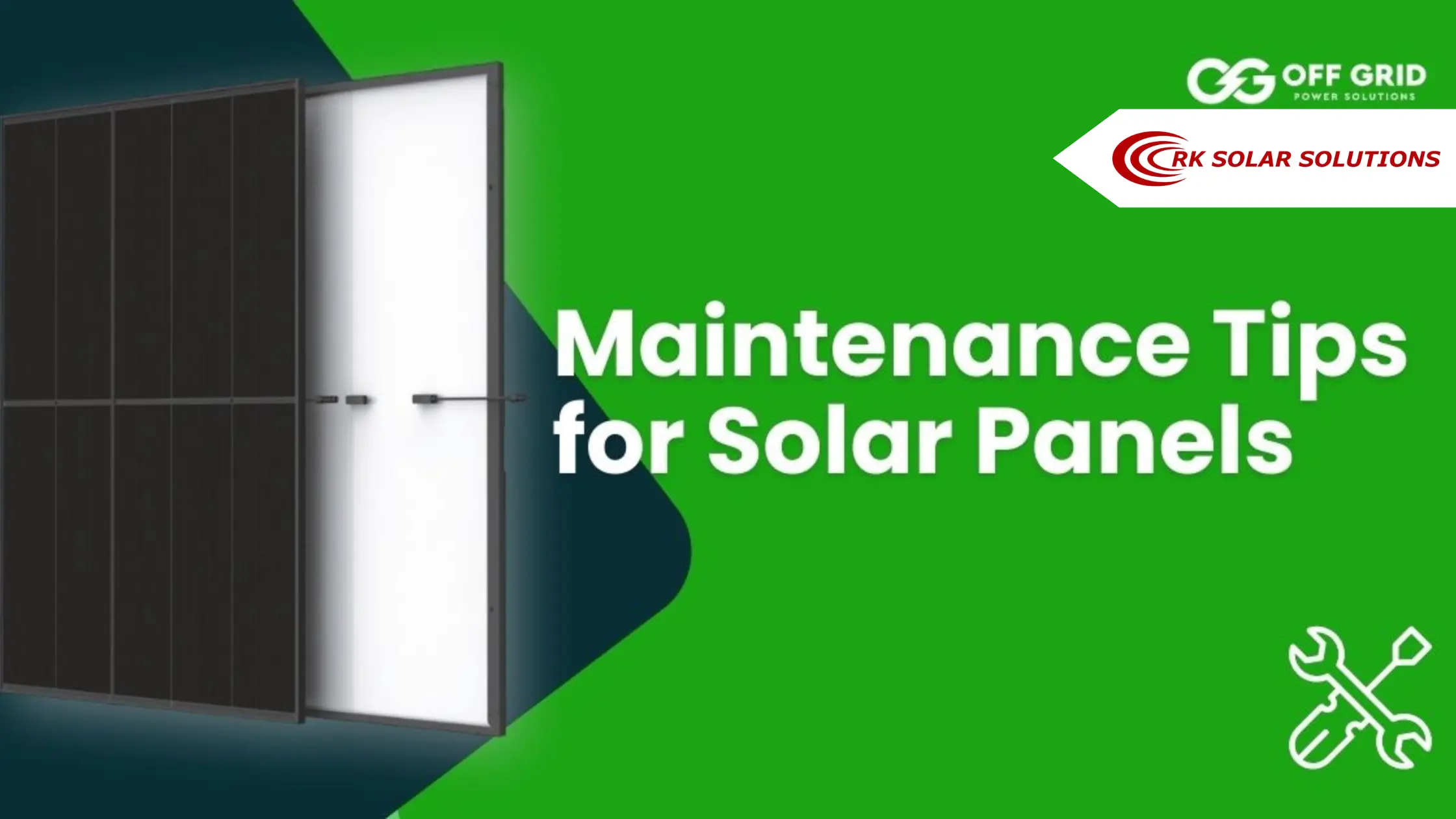
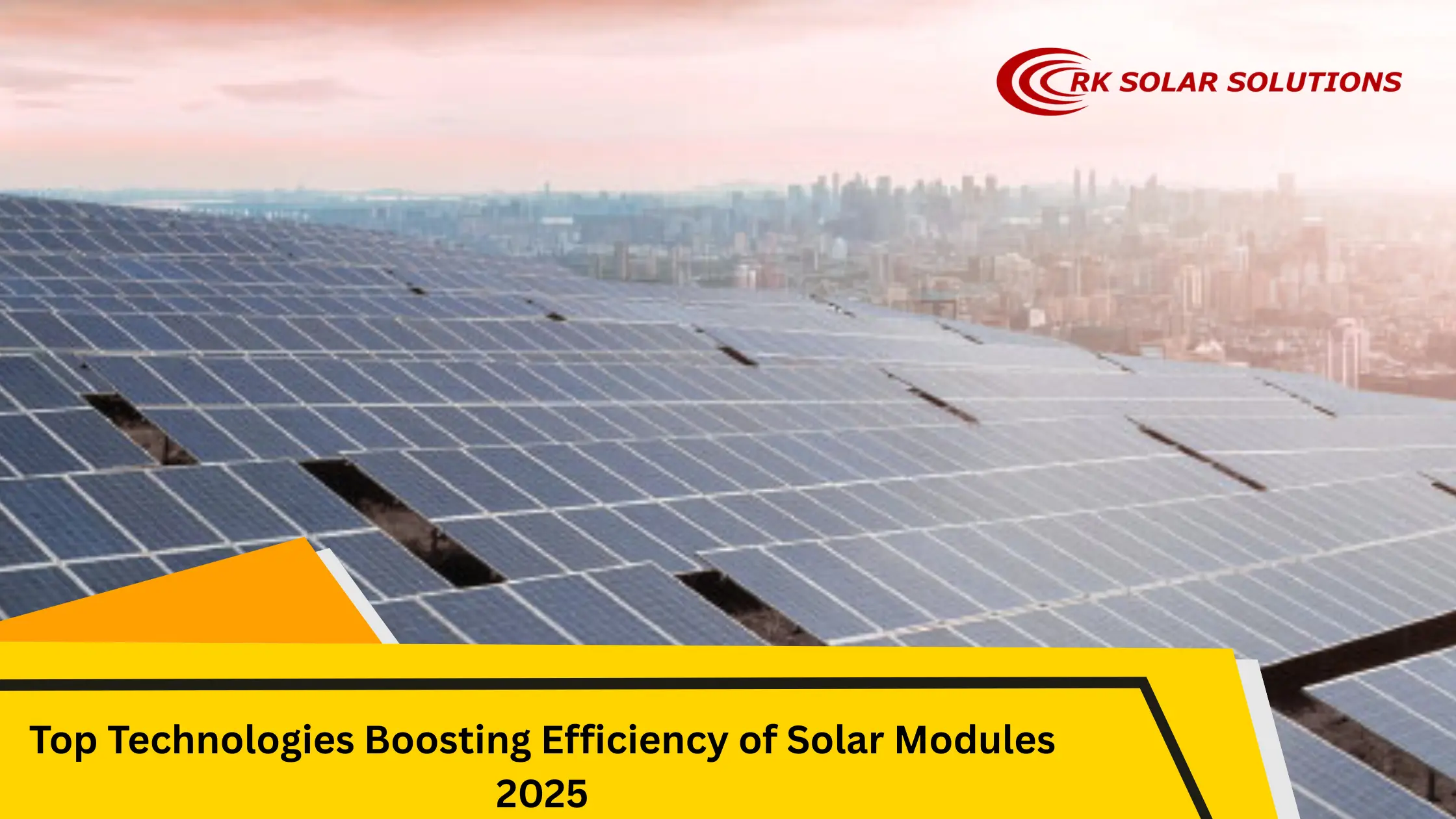
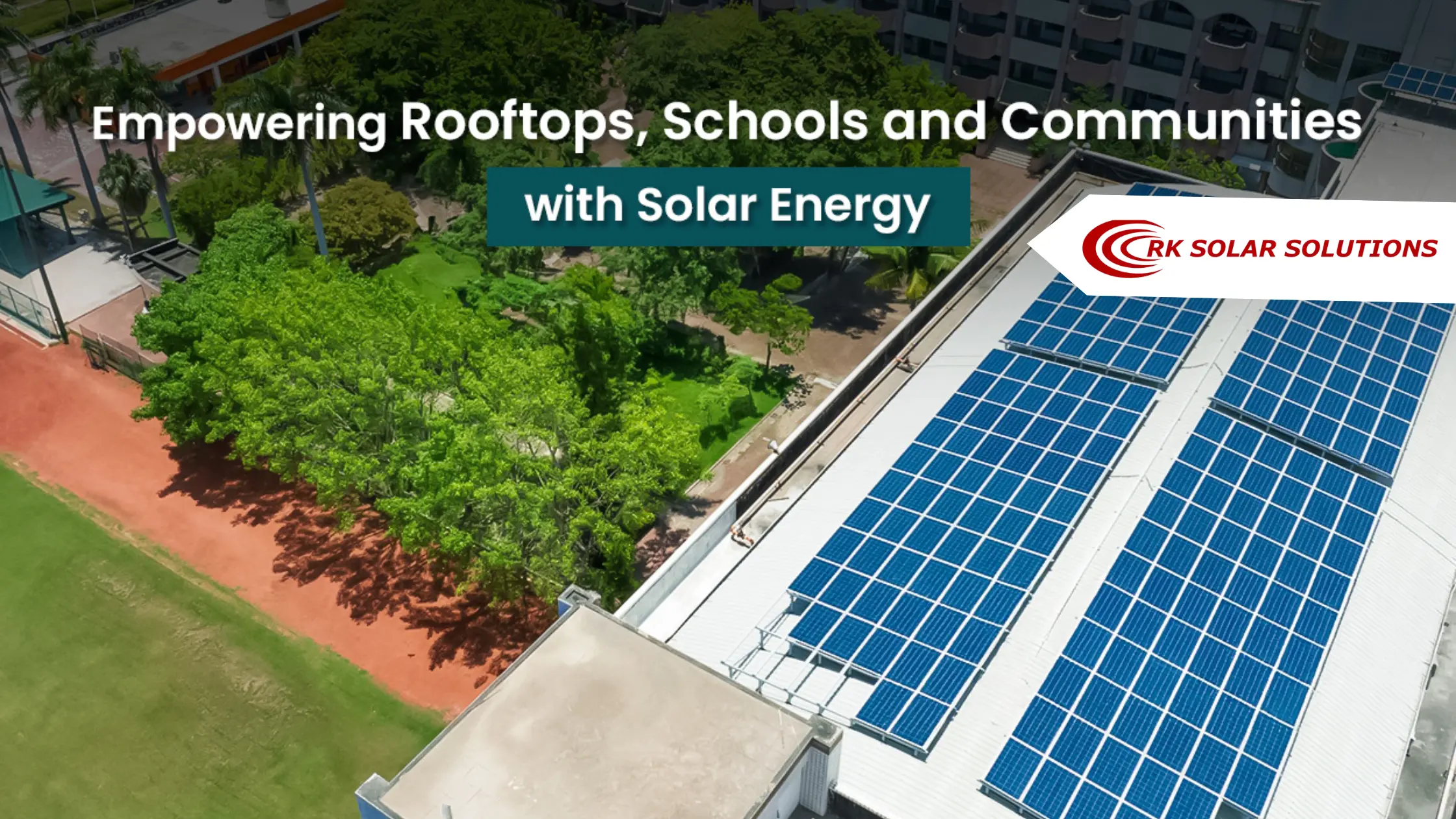
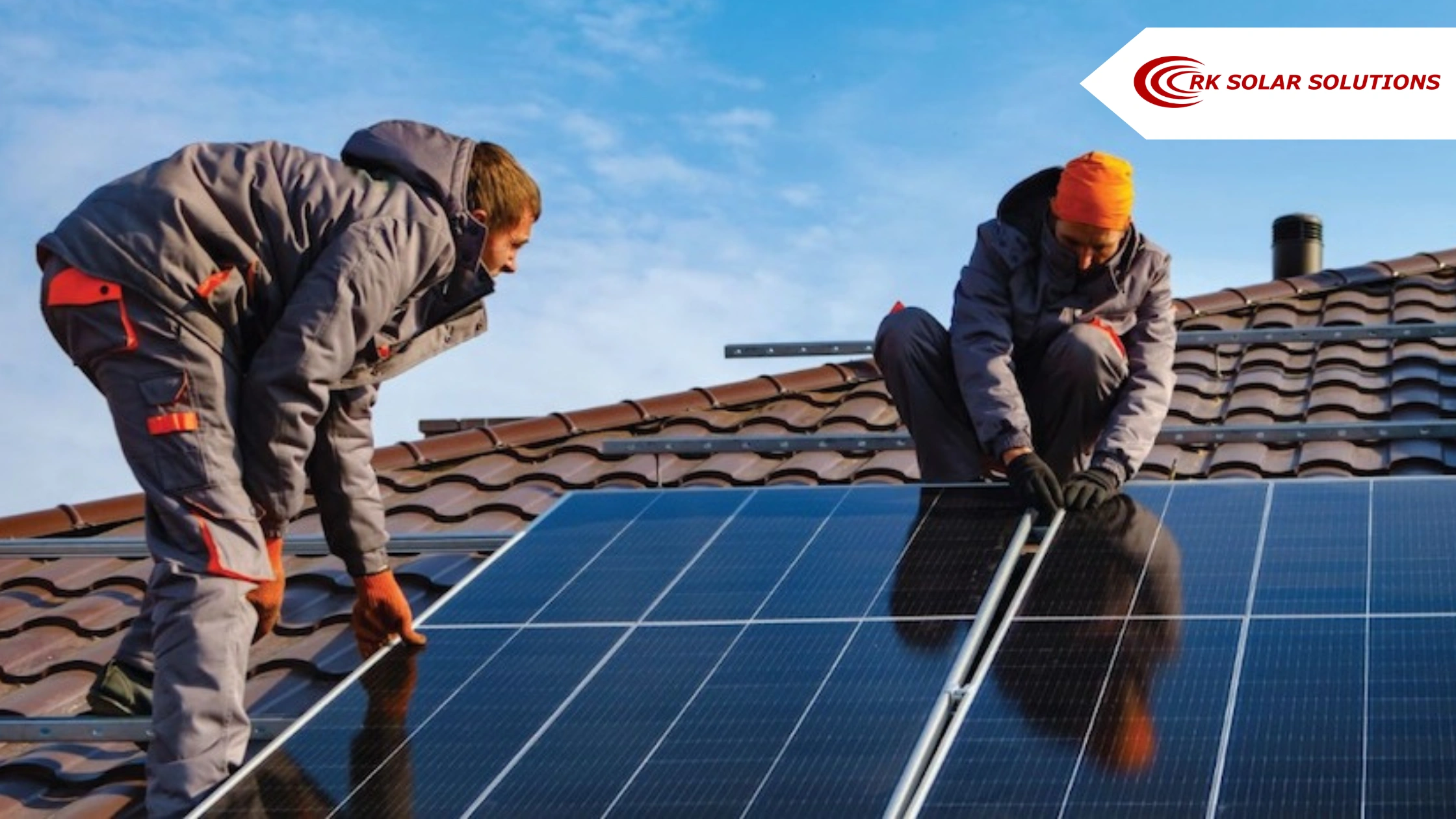
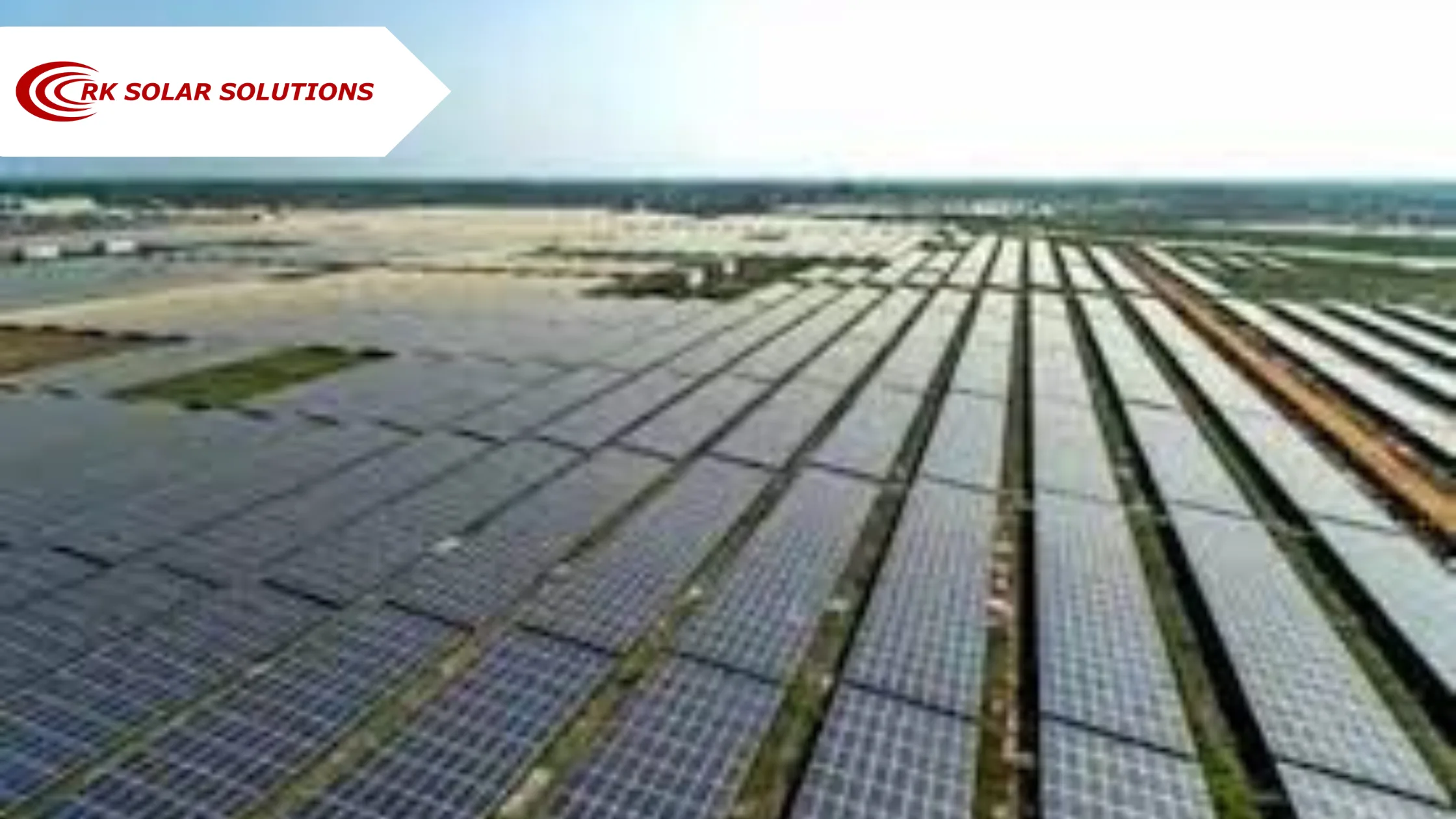

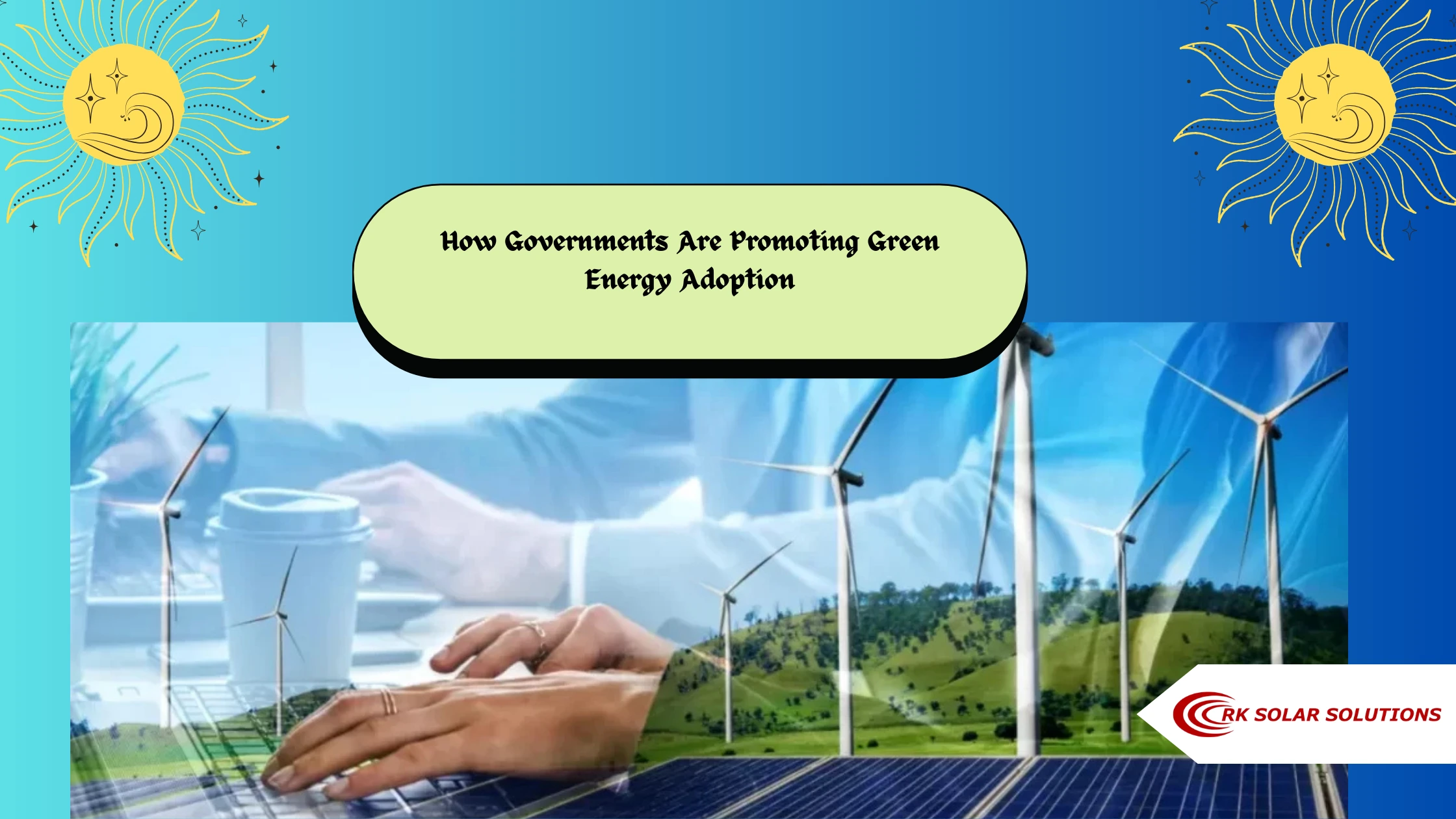
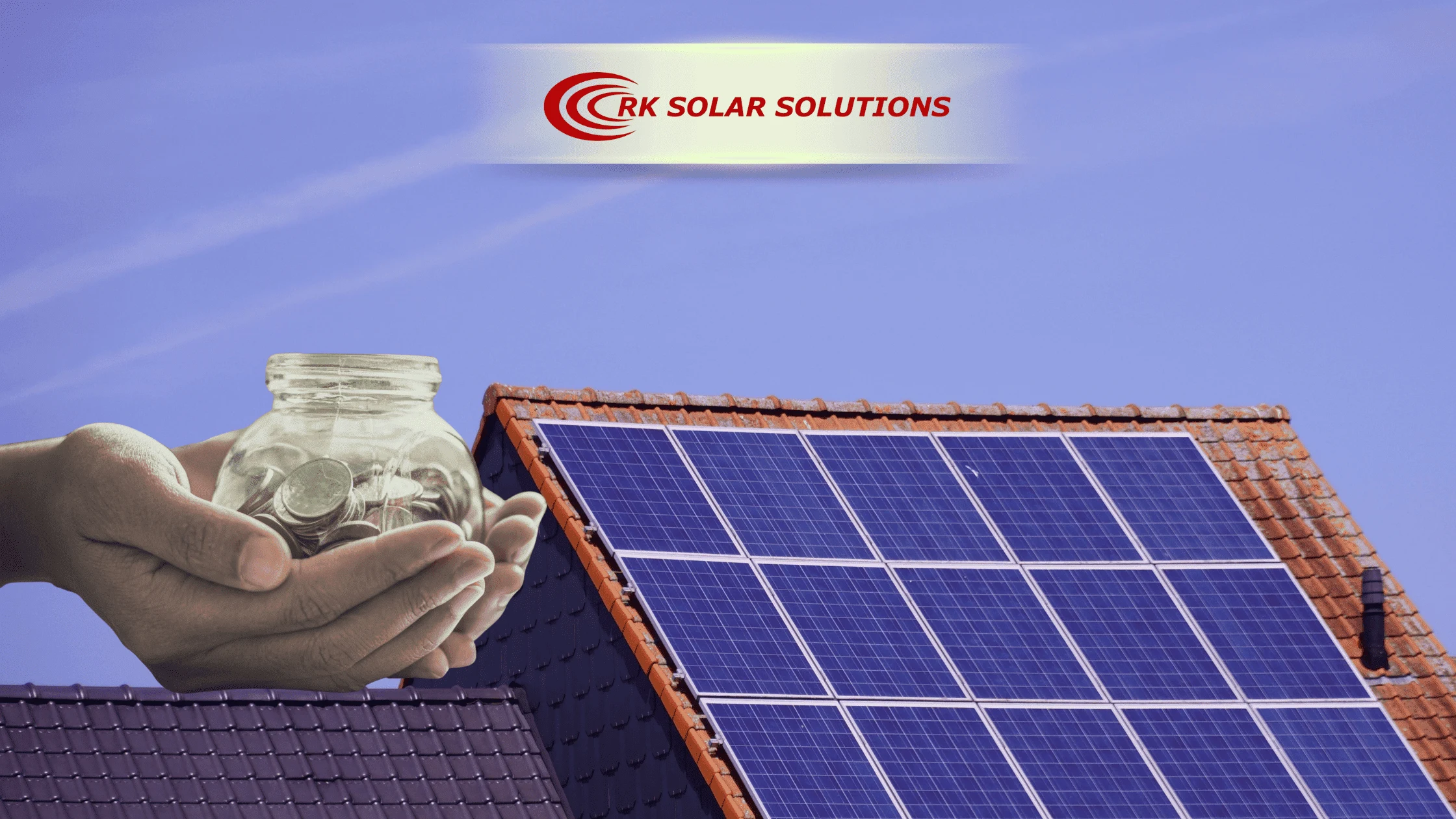
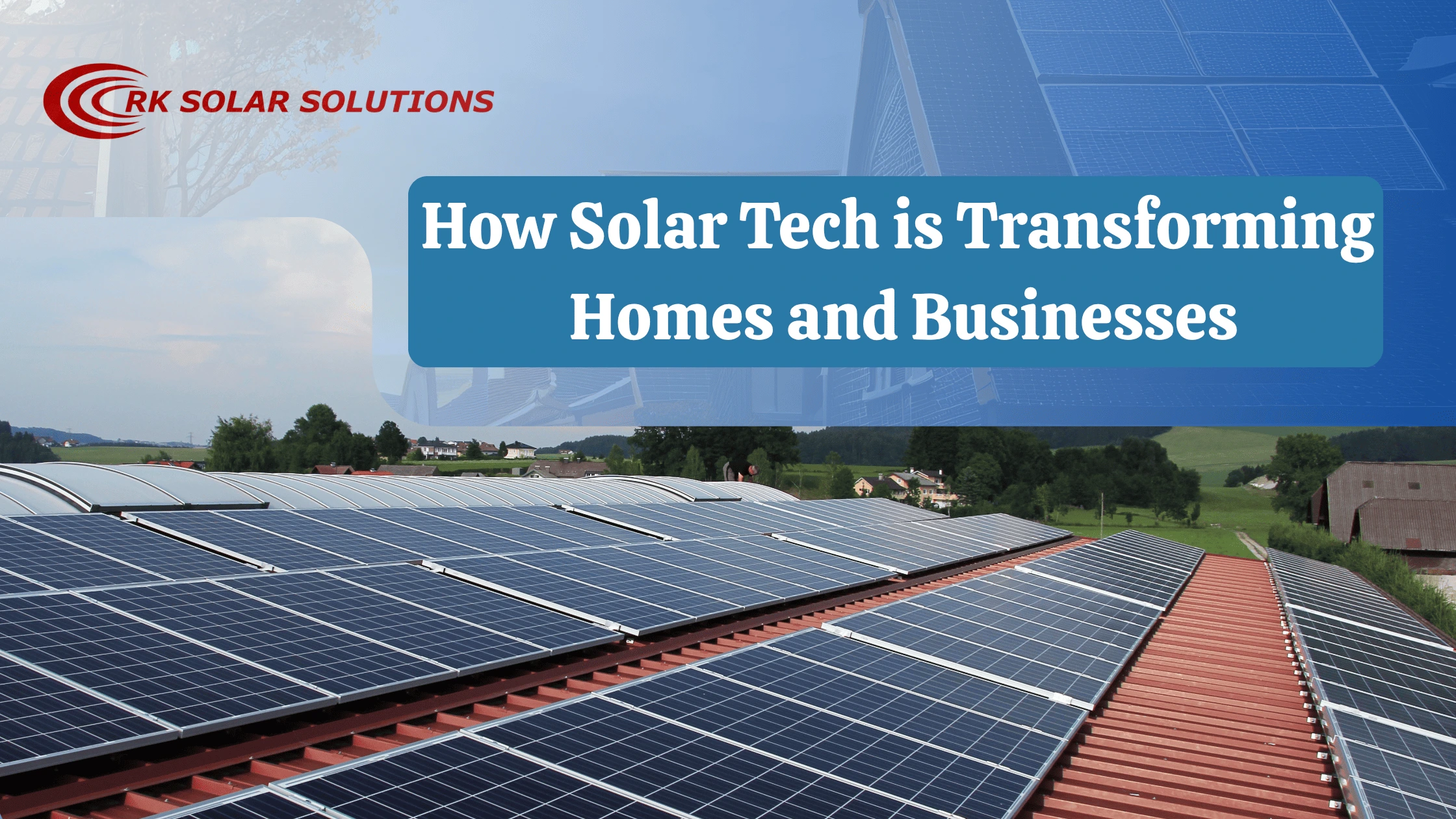
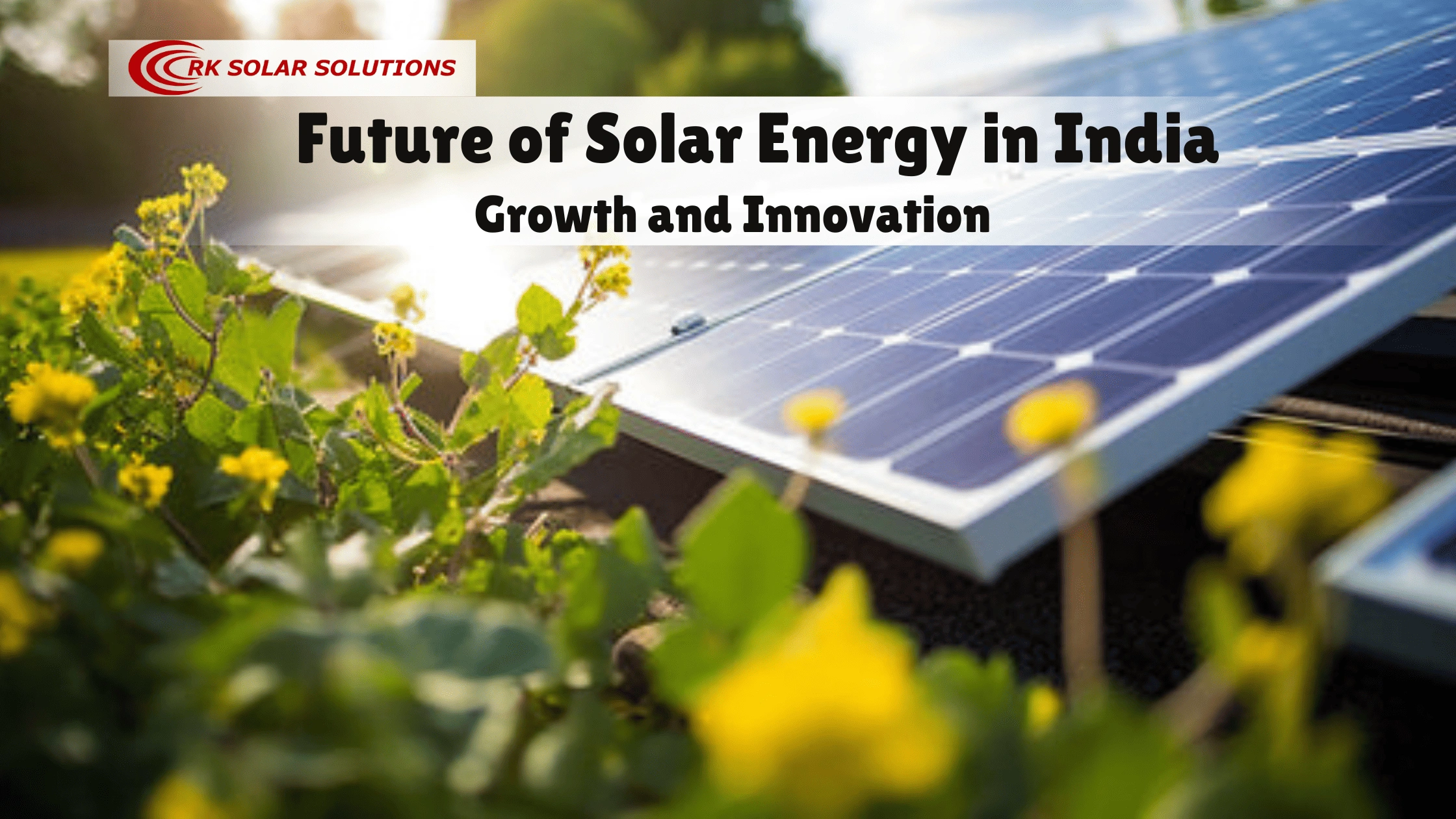
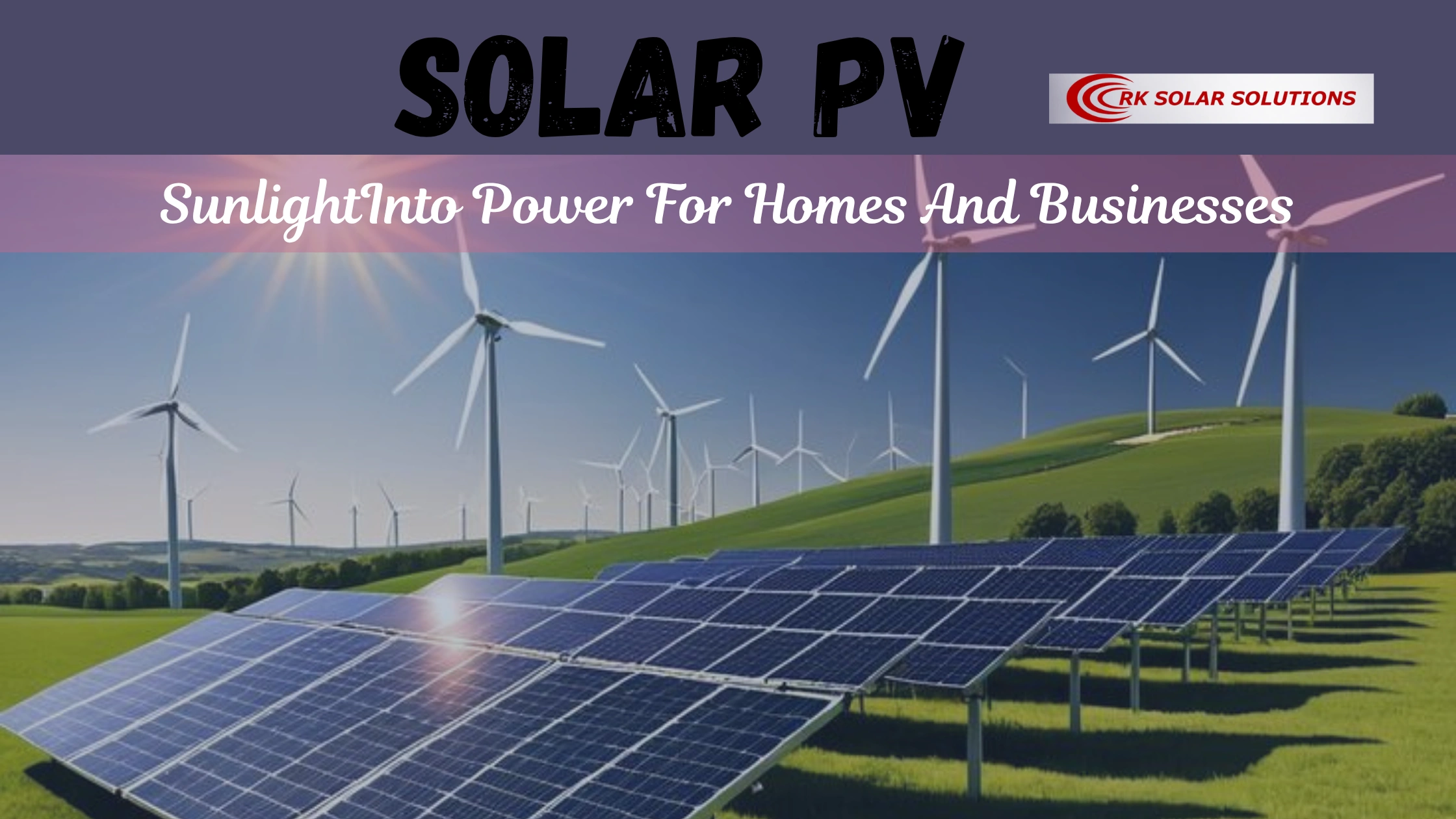


Quick Links
Get In Touch
R k solar solutions 15-1, venkatachalapathy nagar, Koraithottam, Avarampalayam, Coimbatore -641006 GST NO : 33AWRPK5780A1ZH
rksolarsolutions@gmail.com
+91 98651 94406
© CTSV Solutions Private Limited. All Rights Reserved.